This week at SEOPartner, we’re sharing: SEO updates that can deliver significant impact to your results, exciting changes to watch out for, good-to-know studies and information, and tips to try based on recent findings.
From multi-stop Google Maps to Twitter stickers, here are some of the recent releases that are currently making the online marketing space abuzz.
What’s Hot?
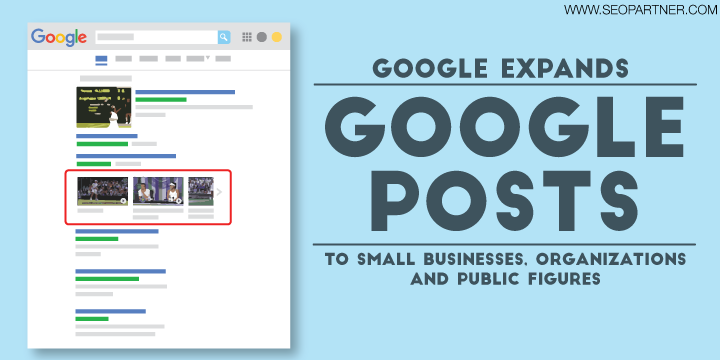
Google Posts Rolls Out to Organizations & Public Figures. Google is expanding the slow rollout of its Google Posts to organizations and public figures, reports Search Engine Journal. Verified individuals and organizations can now publish content – which will instantly appear on the top page of search results. For now, Google says it has no plans to monetize this feature in the future. Definitely, the prime placement on search results is something online businesses should look into. Join the waitlist!

Mobile Google Maps Now Feature Multiple Locations. Up until recently, Google Maps mobile users can plot their route from point A to point B only. With this latest update, users can add all their desired locations or multiple “stops” in one trip. The feature is now available via Android phones, but Search Engine Journal reports iOS users will be able to access this feature soon as well. (Exciting to see how local businesses will make the most of this feature).

Twitter Introduces #Stickers. Twitter Stickers are a mash-up of hashtags, emoticons and Snapchat filters all in one easy-to-use photo feature. Like hashtags, stickers are also searchable. Moreover, clicking on a sticker allows you to view a newsfeed of other users who have used the same sticker. Search Engine Journal shares the following brand opportunities with Twitter Stickers:
– Engage users who use branded stickers by retweeting and sharing GIF collections of their favorites.
– Retarget those users with ads about related products and services.
– Use interactive photo backdrops to encourage more branded sticker and photo shares.

Google Rolls Out Mobile-Friendly ‘Supplement Update’. According to Search Metrics, this recent mobile-friendly update is not the “second coming” of Mobilegeddon since most of the foundations have already been established when the first mobile update was rolled out. It’s more like a supplement update – websites that still have not yet conformed to the mobile-friendly criteria might be affected. Moreover, Google released an upgraded version of their mobile-friendly testing tool. Aside from providing the score, this new tool version also offers an option for users to receive an email containing detailed information and recommendations.
What’s Cooking?
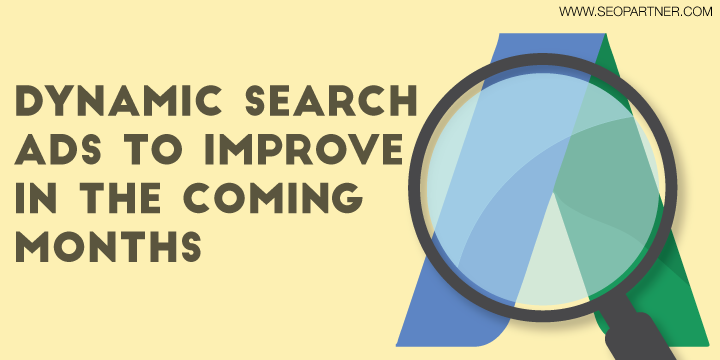
Google is Making Dynamic Search Ads Even Better. Google will make adjustments to Dynamic Search Ads in the next few months to make query matching better. It’s something to look forward to for the SEO community as it’s bound to bring a wave of change. Advises Search Engine Journal: “You’ll want to keep an eye on the search terms report even more vigilantly than usual with DSA campaigns during the transition period to see how query matching is affected.” Say, for ads that direct to a landing page about ice cream machines, the likelihood of that appearing in less relevant searches like “ice cream for sale” will be lower. Huge difference. However, Google says be prepared for erratic performance of your campaigns, among other shifts, due to the undergoing change.
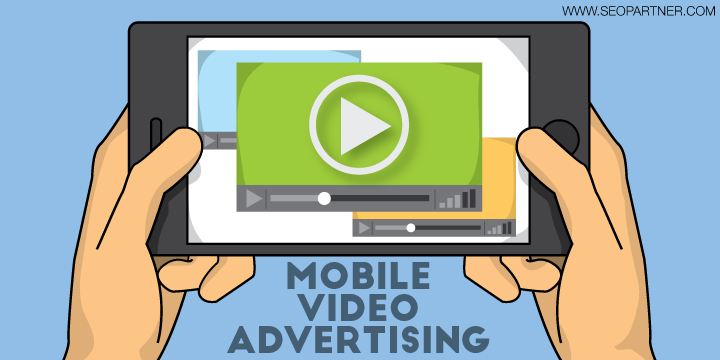
Mobile Video Advertising: The Next Big Thing. A recent Google team experiment on video advertising reveals that most people are most likely to watch a video that tells a complete story. Most of us may think that people want shorter videos, but the study shows a longer video with complete details are actually more appealing. Many find recut, 30-seconder versions to be either lacking in information or too focused on the product – two factors that can drive viewers away. For Olia Kudanova of Search Engine Journal, the popular YouTube-style storytelling called “unboxing” is a great example of video content that gets audiences interested and excited.
Good to Know
Revealed: Search Results Are 30% HTTPS. According to a study by Dr. Pete Meyer of Moz, HTTPS sites have been increasingly appearing on the first page of search results. This finding comes two years after Google’s algorithm update which announced that HTTPS would become a ranking signal. SEJ shares some of the study’s key findings:
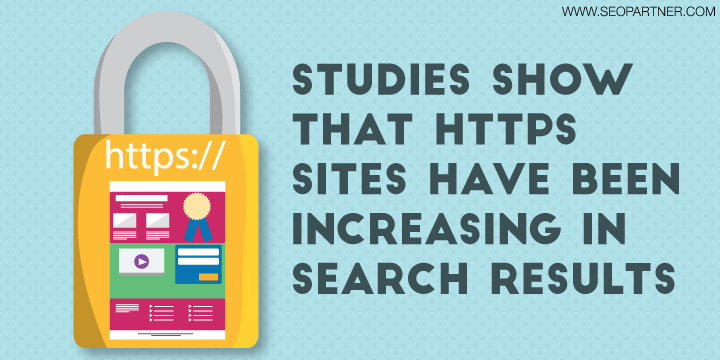 – Before the HTTPS algorithm update, only 7% of pages presented on the first page of Google’s search results were HTTPS.
– Before the HTTPS algorithm update, only 7% of pages presented on the first page of Google’s search results were HTTPS.
– A week later, the number rose to 8%.
– Two years later, the number has gone up to 30% (almost one-third).
Dr. Meyer attributes the gradual rise not to the algorithm update, but to website owners’ voluntary migration to HTTPS as a result of Google’s PR campaign. He predicts that in the next 1-1.5 years, 50% of all first page search results will be comprised of HTTPS sites.
Examined: The Initial Effects of Mobile Search on SEO. Although the changes in Google’s ranking metrics have only been implemented for roughly half a year, SEO experts have discovered a few noticeable changes. SEMRush examined the evidence to find out how these changes impact SEO over the long term.

Evaluating what mobile users are using as search term
Before embarking on a new SEO strategy geared toward a mobile audience, it is crucial to look at and evaluate what mobile users are searching for. Are users using the same search phrases or new ones? Initial reports indicate that there are a few short term effects. How these will play over the long term remains to be seen.
A win for local businesses
If there is one segment that has emerged as a clear winner of Mobilegeddon, that would be local businesses. The main reason behind this is that mobile users are looking for addresses on their devices while in transit. Again, this begs the question as to whether there needs to be a new set of keywords businesses should target.
The fate of longtail keywords
Not every user owns a large smartphone or tablet. As such, it is crucial to consider whether targeting longtail keywords remains relevant in light of the increased use of smaller screens. Indeed, there is a need to implement a few tweaks in this area, but these should not come at the price of losing competitiveness.
Analyzed: Top Types Of Links That High-Ranking Websites Use. Based on a recent study shared by Search Engine Watch, the most common backlinks found in high-ranking websites include natural links, mixed links (usually used in guest blogging or network sites), low-quality links (built manually or automatically with certain tools), and links from private networks, PR and articles, and guest blogging.
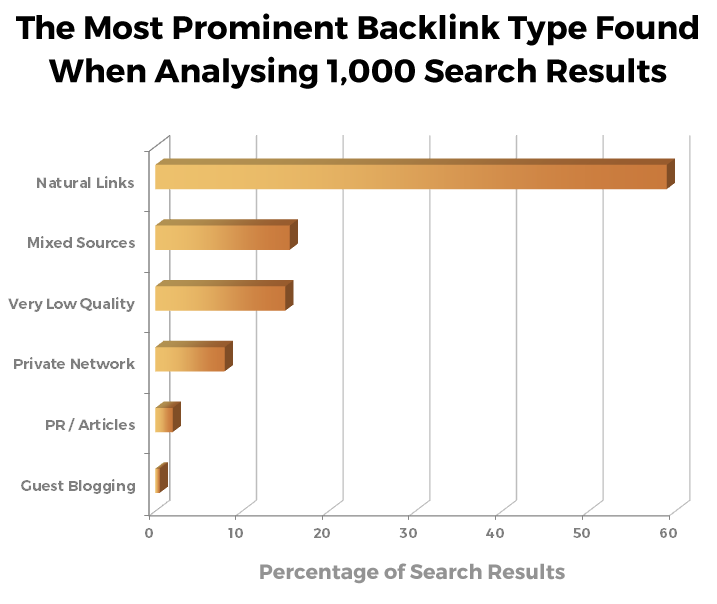
The study revealed the following factors that boost rankings:
– Link quality not quantity
– More diverse linking domains
– Long -form content (about 1,700 average word count)
– Evergreen content
– Surprising revelation: some dodgy tactics still bring results
SEO Tips to Try
1. Boost Brand Value with Good Writing & Grammar. Quality content draws readers in. It will keep them reading and sharing your post. Likewise, good grammar is key to establishing credibility, while grammatical errors lower the perceived value of your brand. Ahrefs recently listed common grammar mistakes and how to fix them.

Commonly misused words
Its and It’s – The former is the possessive of the latter, which means “it is.”
They and Their – Most people want to become politically correct and gender neutral when writing. Experts say that do not use these words as it may result in a grammar error.
Me and I – People think they are being more learned if they make use of “and I.” If “I” is a subject pronoun, you can use “and I,” but if it is for the object pronoun, use “and me.”
Less and Fewer – If the amount is not measurable, use “less.” If you can quantify or measure the item, use “fewer.”
Other mistakes to watch out for
Dangling Modifier – This is a fancy way of saying that the descriptive phrase doesn’t apply to the noun immediately coming after it.
Misplaced Quotation Marks & Commas – In U.S. English, periods or commas must go inside the quotation marks.
2. Use Maps for Visual Linkbuilding. Maps are totally awesome in building links to your site these days, and Ahrefs recently cited the reasons why it can be a good alternative to your usual infographics. For one, maps are straightforward. They are simpler and easier to understand as opposed to infographics which are typically long, big and scrolly. Maps also quickly pick up load of links. Many examples show how maps generate more links without having to send thousands of emails. Infographics, on the other hand, have become over-saturated and over-pitched that picking up links have become tiring.

Check out the following map formats and see which works best for your niche.
Research and data-based maps – A fun way to discuss interesting facts and statistics.
Trending topic maps – Create a map related to a trending topic and find a way to include your brand in the conversation.
Pop culture maps – Tapping into pop culture is effective in generating links or promoting your site.
Funny or light-hearted maps – Add humor to your map and see how many shares and links you can get.
Interactive maps – While this is a bit pricey, interactive maps are always a compelling, cool read.
Curated maps – If you can’t make one, don’t be sad. Try to curate some cools maps instead.
SUMMING IT ALL UP
Here are the top headlines on this week’s SEOPartner news roundup:
What’s Hot?
– Google Posts Rolls Out to Organizations & Public Figures
– Mobile Google Maps Now Feature Multiple Locations
– Twitter Introduces #Stickers
– Google Rolls Out Mobile-Friendly ‘Supplement Update’What’s Cooking?
– Google is Making Dynamic Search Ads Even Better
– Mobile Video Advertising: The Next Big ThingGood to Know
– Revealed: Search Results Are 30% HTTPS
– Examined: The Initial Effects of Mobile Search on SEO
– Analyzed: Top Types Of Links That High-Ranking Websites Use+ SEO Tips to Try
1. Boost Brand Value with Good Writing & Grammar
2. Use Maps for Visual Linkbuilding









